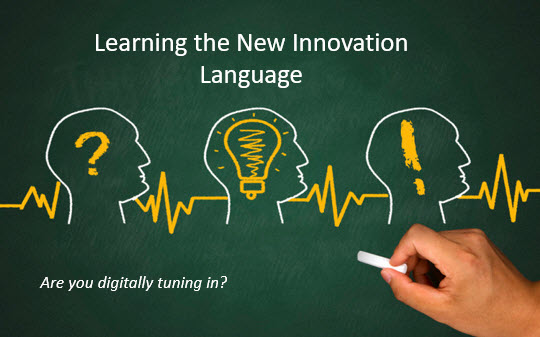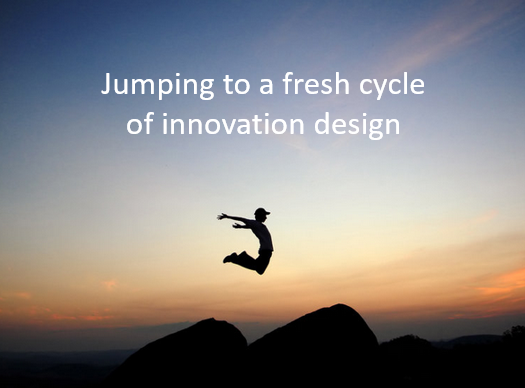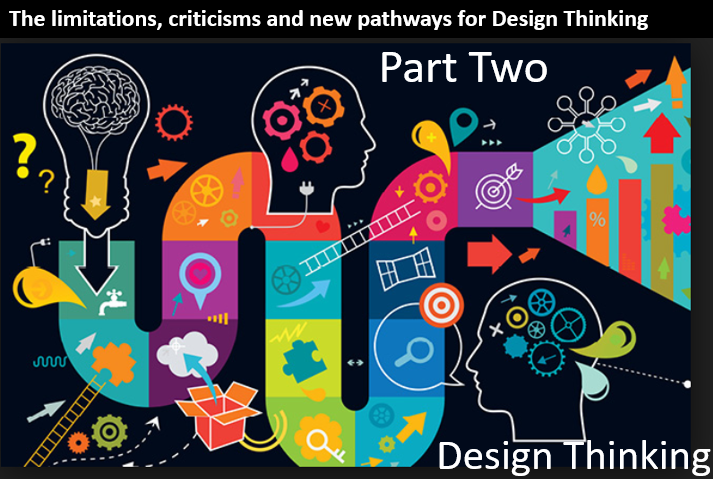 In the past week or so, I have been looking a little harder at the Chemical and Pharmaceutical Industry relating to their direction of innovation travel, it left me a little frustrated.
In the past week or so, I have been looking a little harder at the Chemical and Pharmaceutical Industry relating to their direction of innovation travel, it left me a little frustrated.
I felt that warm and fuzzy feeling, as I read all too often those comforting words or platitudes of how “innovation is vital to us” and one of the “highest areas of focus.” Yet as you then listen to the voices of the very leaders within these industries in interviews, or read on blogs, or in discussing what are the challenges they face, it does seem somewhat hollow.
You know they are nowhere at the point of really understanding the potential of the changes that could take place within adopting a broader view on all aspects of innovation.
Nearly all in these current companies making up the Chemical and Pharmaceuticals sectors are well past their prolific era, the discovery part is bogged down in slow growth, expensive development costs and regulatory conditions. Blockbusters seem a thing of the past but perhaps they don’t need to be with a very different innovative approach.
You do get tired of hearing “we are looking to become a value-creating solution provider”, yet the willingness to really create collaborative networks is still stuck in the “us and them” mentality. The thinking through on the contribution around innovation needs to be changed.
The two industries are struggling in finding new operating models to adapt to a different, changing world. They are not yet tuned into those more integrated systems of collaboration, where platforms and ecosystems are critical to making improved progress, advanced by multiple contributions to the discovery and exploration stages, where there is a new potential force of collaborative breakthroughs. So from what I can see so far, change is highly constrained:
Evolution is slow, revolution is seemingly non-existent due to narrow vested interests.
Continue reading “Choosing your direction of innovation travel”
 We all in the middle of a re-orientation of our ways to undertake innovation as a process and in its design.
We all in the middle of a re-orientation of our ways to undertake innovation as a process and in its design.







